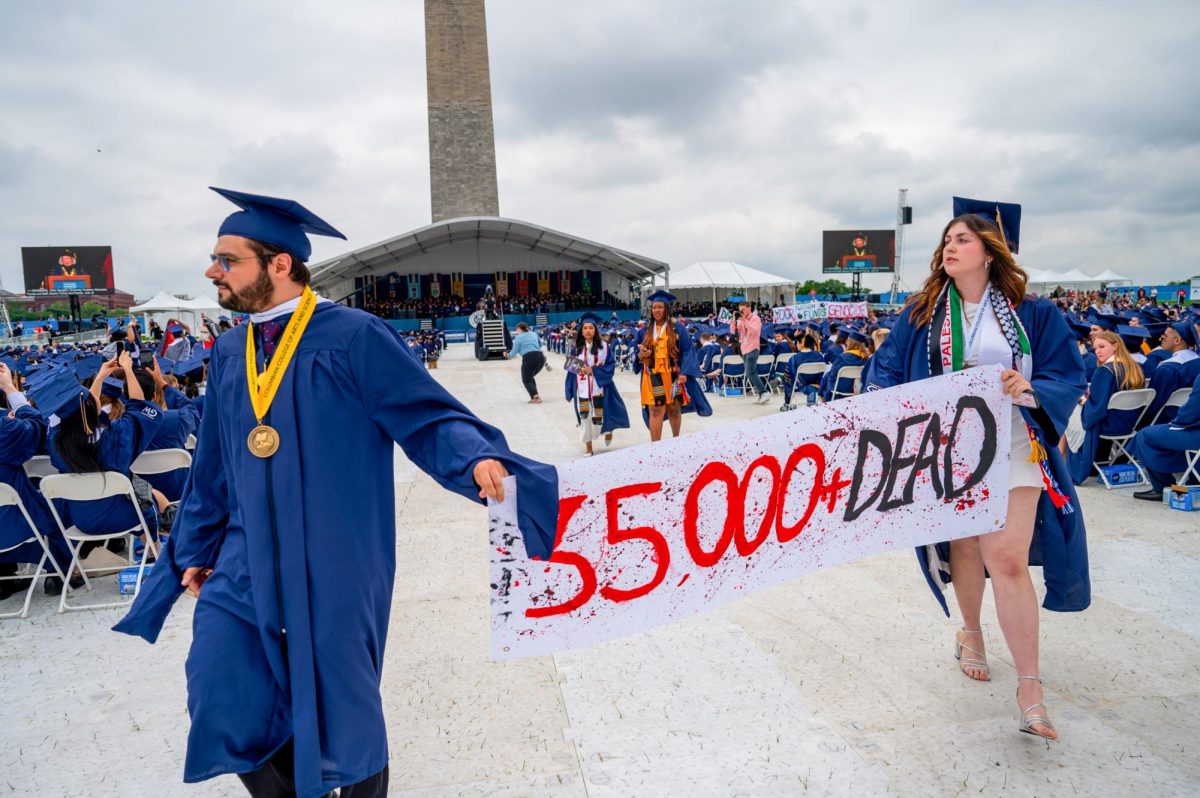The buying, selling and transporting of more than half a million women and children each year has garnered the attention of the international community, but one GW professor doubts human trafficking is as serious a problem as many claim.
Ronald Weitzer, a faculty member in GW’s sociology department, said he believes the actual number of individuals trafficked is far less than figures typically publicized. One reason for the inflation, Weitzer claims, is the fact that world leaders do not account for the severity of different forms of trafficking, including trafficking of laborers, forced prostitutes and individuals he claims want to be bought and sold.
“Just because someone’s been trafficked doesn’t mean they were coerced,” he said. “Sometimes people seek out someone to help them with travel documents such as a family member or a friend, and if they end up in the sex industry they are considered victims. When sex is involved, the debate becomes unrefined.”
Weitzer’s theories have been met with opposition by many activists.
“I think he’s dead wrong,” said Raymond Bechard, director of Ahava Kids, an anti-trafficking organization in Connecticut. “The evidence I’ve seen says that we haven’t even scratched the surface (of the scope of human trafficking).”
“The problem of human trafficking in the world today is enormous, and it is hard to exaggerate its extent,” said Kathryn Nash, president of GW’s chapter of Amnesty International.
Weitzer further cited the large drop in projected numbers of trafficking victims as an indication of unstable data.
“There were a reported four million people trafficked in 2002. It was cut to two million in 2004 and current numbers suggest 600 to 800 thousand,” Weitzer said. “Social scientists raise questions about such a huge drop. No one really knows the scope and even ballpark figures are dubious.”
Bechard agreed it is difficult to get exact numbers for trafficked people but maintains that this circumstance is no reason to reduce the scope of anti-trafficking efforts.
“The numbers for victims when victims can’t be found is impossible to peg,” Bechard said. “But trafficking is a problem in every community.”
Andrea Bertone, director of Humantrafficking.org, said organizations do not always know where to find victims.
“We’re not finding victims because we’re not looking for them,” Bertone said. “Many of the people are being trafficked through their own ethnic groups, and there are a number of barriers that prevent us from talking to them.”
Christina Arnold, founder of Preventhumantrafficking.org, said groups often exaggerate the number of trafficking victims they find in the U.S. and said she was “heartened” by Weitzer’s theories.
Activists are currently calling for a modification of the Trafficking Victims Protection Act to criminalize less severe forms of trafficking. Weitzer feared this modification would be counterproductive for victims of severe trafficking.
“It’s nonsense to believe that anyone moved is a victim. Expansion of the act would further criminalize those who chose careers in the sex industry (and) draw attention from the real victims out there who need assistance,” he said. “If you criminalize the entire sex industry there is a diminished focus on the real victims, and money, protection and enforcement are spread too thin.”






